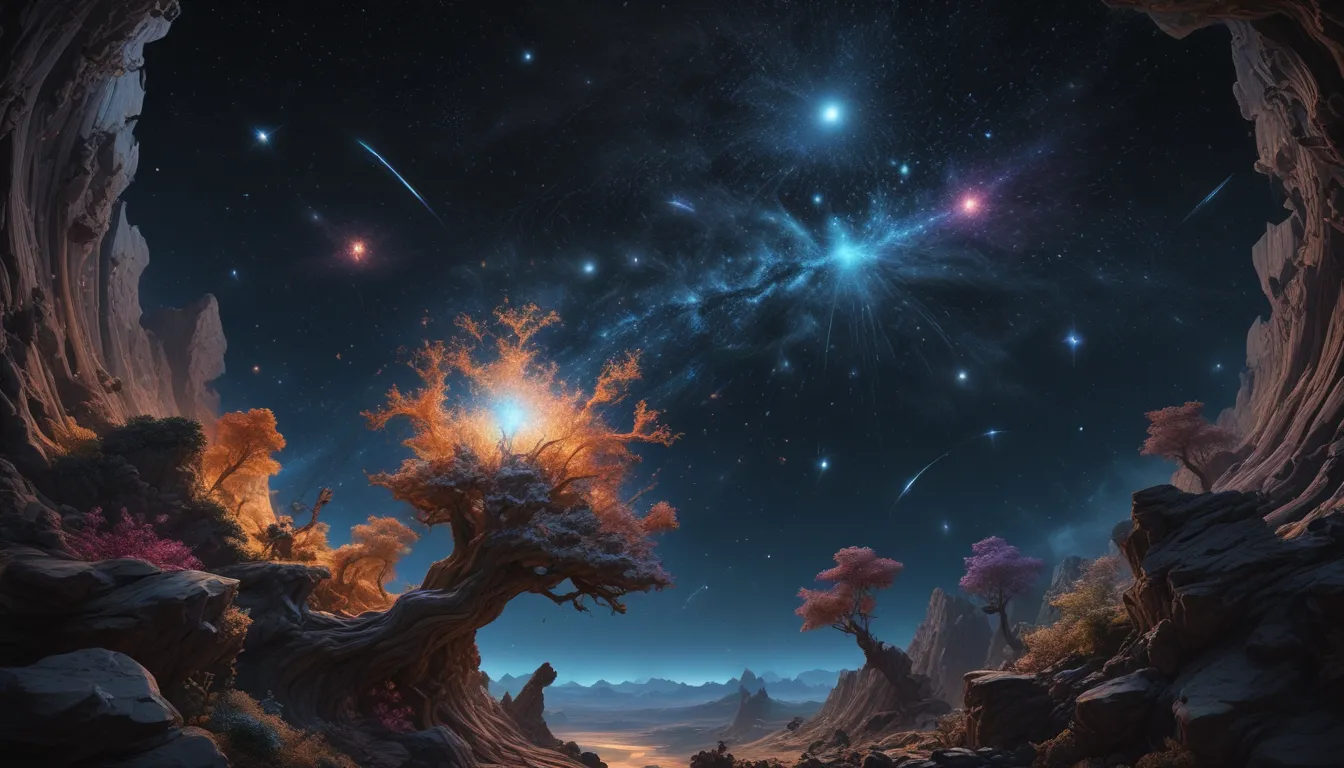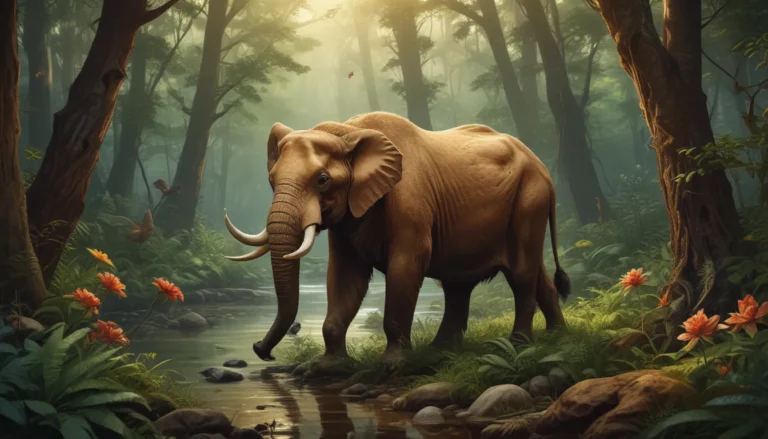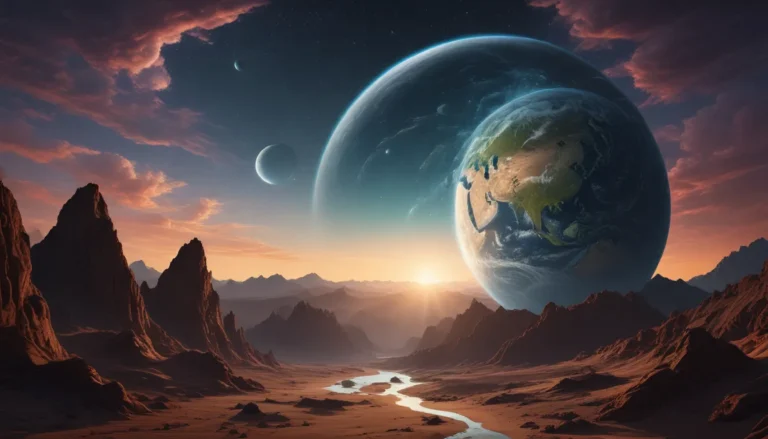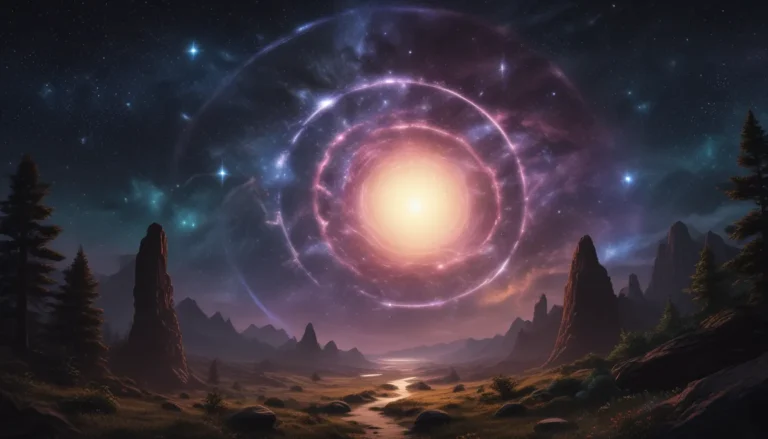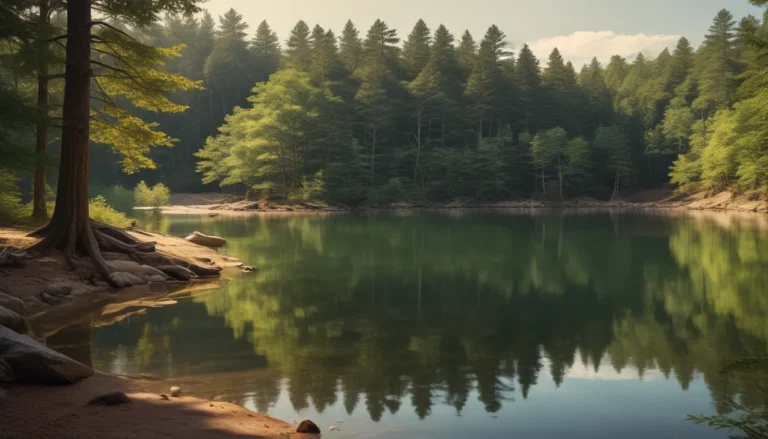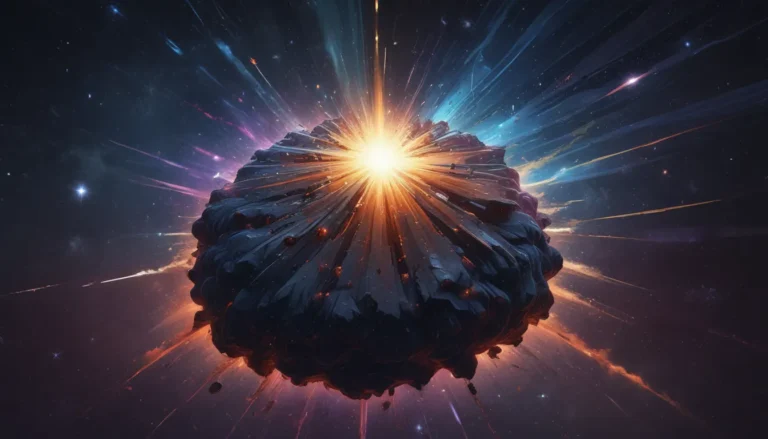The pictures we use in our articles might not show exactly what the words say. We choose these pictures to make you interested in reading more. The pictures work together with the words but don’t take their place. The words still tell you the important facts.
In the vast expanse of the universe, few phenomena capture our imagination like superclusters. These colossal groupings of galaxies, spanning millions of light-years, are among the largest known structures in existence. As astronomers and astrophysicists study these awe-inspiring celestial arrangements, they uncover a wealth of information that expands our understanding of the cosmos and our place within it.
Illuminating Insights into Superclusters
Superclusters, such as the Virgo Supercluster and the Laniakea Supercluster, hold a wealth of secrets that reveal the intricate tapestry of the universe. Through their massive sizes, gravitational influences, and interconnected nature, these cosmic giants offer invaluable insights into the evolution of the cosmos. Let's embark on a journey through the cosmos and unearth 12 astounding facts about superclusters that will leave you in awe of the universe's vastness and complexity.
The Magnificent Virgo Supercluster
One of the largest structures known to humanity, the Virgo Supercluster spans an impressive 110 million light-years and harbors over 100 galaxy groups, including our Local Group. This colossal aggregation of galaxies serves as a testament to the breathtaking scale of the universe and the interconnectedness of celestial bodies within it.
The Enigmatic Great Attractor
Nestled within the Centaurus Supercluster lies the Great Attractor, a mysterious gravitational anomaly that exerts a powerful force, pulling galaxies towards it at astonishing speeds exceeding 600 kilometers per second. This enigmatic phenomenon continues to intrigue scientists and astronomers with its profound influence on the cosmic landscape.
Superclusters and the Cosmic Web
Acting as nodes in the vast cosmic web, superclusters play a pivotal role in shaping the interconnected filaments and voids that crisscross the universe. Through the intricate dance of galaxies and dark matter, these cosmic structures provide essential clues about the early universe and the evolution of cosmic structures.
The Dominant Shapley Supercluster
Situated approximately 600 million light-years away, the Shapley Supercluster stands as one of the most massive and dense superclusters known to us. Hosting numerous galaxies and galaxy clusters, its sheer size and gravitational pull make it a commanding presence in the cosmic neighborhood, offering a glimpse into the universe's grandeur.
Journeying Through the Sloan Great Wall
Stretching over an astounding 1.38 billion light-years, the Sloan Great Wall stands as one of the longest known superclusters in the observable universe. Its vast size challenges our perceptions of the universe's structure, showcasing the immense complexity and beauty of cosmic arrangements.
Dynamic Movements of Superclusters
Far from being stationary entities, superclusters are in constant motion, influenced by the gravitational forces of surrounding matter. This dynamic interplay between galaxies, superclusters, and dark matter shapes the evolution of the cosmic structure, providing a dynamic and ever-changing vista of the universe.
Home within the Laniakea Supercluster
Our very own Milky Way galaxy finds its place within the Laniakea Supercluster, spanning over 500 million light-years and encompassing the Virgo Supercluster and neighboring galaxy clusters. This modest-sized supercluster serves as a beacon of interconnectedness within the cosmic expanse.
Unveiling the Mysteries of Dark Matter
Intimately intertwined with dark matter, superclusters offer a window into the enigmatic substance's role in the universe. Dark matter's gravitational influence plays a pivotal role in clustering galaxies into superclusters, offering a key to unlocking the mysteries of the universe's composition and evolution.
Delving into the Origins of the Universe
By studying ancient superclusters, scientists gain invaluable insights into the early universe's structure and evolution. These ancient formations provide a glimpse into the formation of the first galaxies and superclusters, offering a tantalizing window into the cosmic past.
Majestic Coma Supercluster
Sitting approximately 300 million light-years away, the Coma Supercluster houses the Coma Cluster, a rich galaxy cluster that serves as a prominent landmark in the cosmic vista. This massive structure adds to the rich tapestry of superclusters that dot the cosmic landscape.
The Mesmerizing Sculptor Supercluster
Located roughly 440 million light-years away, the Sculptor Supercluster showcases an intricate arrangement of galaxy groups and clusters that highlight the complexity and beauty of superclusters in the cosmos. Its mesmerizing formation captivates the imagination, underscoring the beauty of cosmic architecture.
Unraveling the Tapestry of Cosmic Evolution
The study of superclusters offers valuable insights into the formation and evolution of the cosmic web, shedding light on the intricate processes that shape our universe. Through the distribution and motion of superclusters, scientists gain a deeper understanding of the intricate tapestry of cosmic evolution, enhancing our grasp of the cosmos.
Conclusion: Embracing the Marvels of Superclusters
Superclusters stand as awe-inspiring structures that unravel the sheer magnitude and complexity of the universe. From their mind-boggling sizes to their remarkable gravitational influences, these cosmic giants continue to captivate scientists and astronomers worldwide. As we delve deeper into the mysteries of the cosmos, superclusters will remain a subject of fascination and exploration, offering us new insights into the workings of the universe at every turn.
FAQ: Unveiling the Wonders of Superclusters
- What are superclusters?
-
Superclusters are massive groupings of galaxies that form one of the largest known structures in the universe, comprising galaxy clusters and individual galaxies.
-
How are superclusters formed?
-
Superclusters are formed through the gravitational attraction and interaction between galaxy clusters, resulting in the formation of vast cosmic structures over time.
-
How big are superclusters?
-
Superclusters can span hundreds of millions of light-years, containing thousands to millions of galaxies interconnected through cosmic web-like structures.
-
Can we observe superclusters from Earth?
-
Yes, superclusters can be observed from Earth using telescopes and astronomical instruments, revealing their immense scale and gravitational influences on surrounding galaxies.
-
What role do superclusters play in the universe?
-
Superclusters play a critical role in the formation and evolution of cosmic structures, contributing to the growth of galaxies and shaping the overall structure of the universe.
-
Are there superclusters near the Milky Way galaxy?
-
Yes, the Milky Way galaxy is part of the Laniakea Supercluster, an extensive region that includes the Milky Way and neighboring galaxies within its vast expanse.
-
Can superclusters collide with each other?
-
Yes, under the influence of gravity, superclusters can merge and collide, leading to the formation of even larger cosmic structures and intricate networks of interconnected filaments.
-
Are there any superclusters beyond our observable universe?
- Given the vastness of the universe, there may be superclusters beyond our observable universe. However, technological limitations hinder direct observation and study of these distant superclusters.
In the grand tapestry of the cosmos, superclusters reign as magnificent structures that hold the keys to unlocking the universe's mysteries. As we gaze upon these cosmic giants, we are reminded of the boundless wonders that await us in the depths of space. Let us continue our exploration of the universe, guided by the awe-inspiring marvels of superclusters that illuminate the vastness and complexity of our cosmic home.
